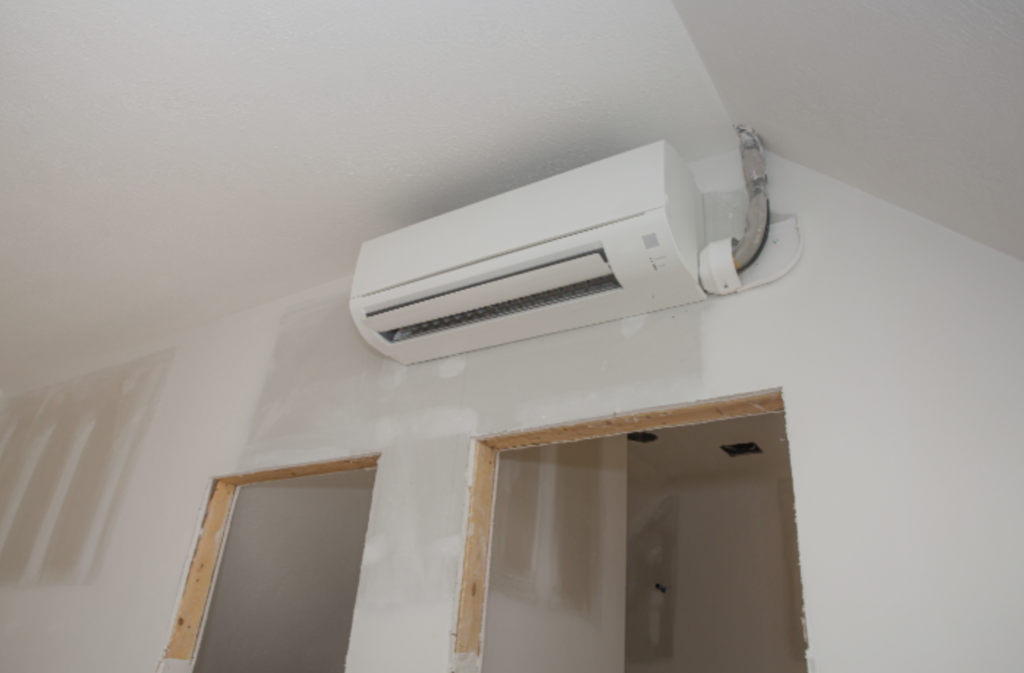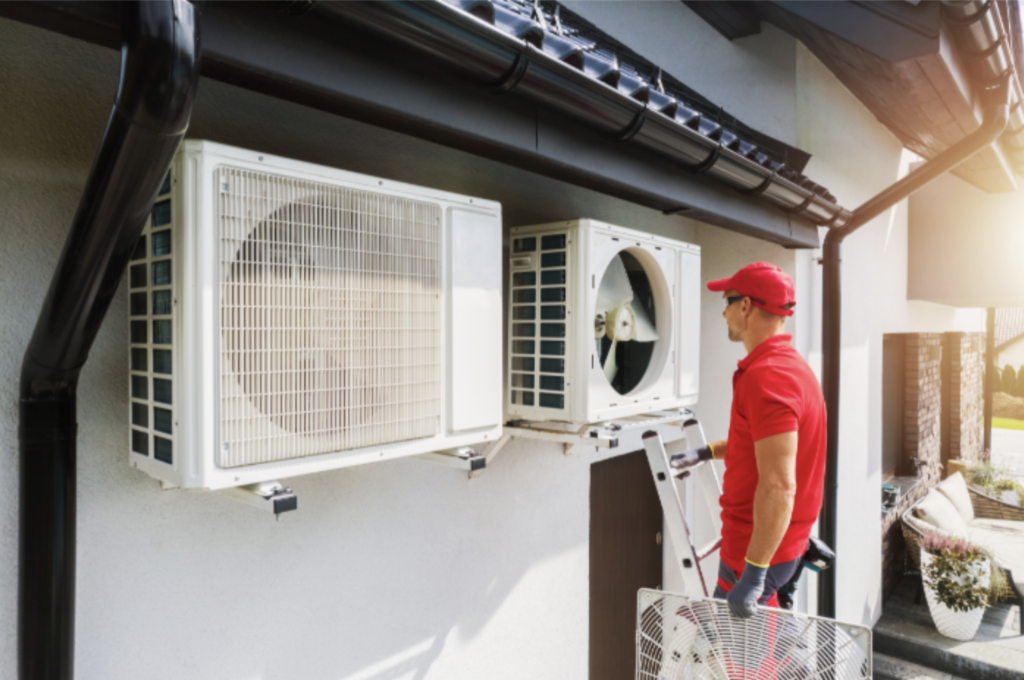Are you considering a heat pump installation in Gresham? Understanding how to install a heat pump and the specific heat pump installation requirements is important to make sure your new system runs efficiently and effectively.
Heat pumps are increasingly popular because of their energy efficiency and ability to provide both heating and cooling. In this guide, we’ll walk you through the crucial aspects of heat pump installation, ensuring you’re well-informed for your next home improvement project.
What is a Heat Pump and Why Choose One?
A heat pump is a versatile HVAC system that can both heat and cool your home. It transfers heat rather than generating it, making it an energy-efficient alternative to traditional heating and cooling systems. In Gresham, where climate conditions vary, a heat pump is an excellent choice for year-round comfort.
Ducted vs Ductless Heat Pumps
There are two types of heat pump systems: ducted and ductless heat pumps. The difference lies in their design and installation. Ducted heat pumps use a network of ducts to distribute air. They are ideal for larger homes with existing ductwork, but they can be less efficient because of potential duct losses.
Ductless heat pumps, or mini-splits, have individual indoor units for each room or zone. This offers easier installation and higher efficiency, especially in smaller spaces or homes without existing ductwork. Ductless systems are more visible within rooms, while ducted systems are less obtrusive but require more invasive installation.

Your HVAC installation professional will know what is best after assessing your home, current system, and needs.
Preparing for Heat Pump Installation
1. Understanding the Installation Process
The installation process is not as simple as replacing an old unit. It involves several technical steps and requires skilled HVAC technicians. A poorly installed heat pump can lead to increased energy costs, frequent maintenance issues, and reduced system lifespan.2. Selecting the Right Contractor
Finding experienced contractors for heat pump installation in Gresham is crucial. Look for professionals with a track record of successful installations. They should understand the unique requirements of installing heat pumps, different from traditional HVAC systems. Use various sources like Google, Angi, Nextdoor, Yelp and word of mouth from family or friends to find contractors. Take time to read customer reviews and feedback as they can be a great source of information. Be cautious, as many contractors lack training in best practices for heat pump installation.Heat Pump Installation Requirements
1. Proper Sizing with Manual J Load Calculation
One of the essential heat pump installation requirements is correctly sizing the unit. This is done using the Manual J Calculation. It looks at things in your home like how thick the insulation is, how large the windows are, and how high the ceilings are.
This calculation guarantees that your heat pump meets your home’s specific heating and cooling needs. The required tests and measurements will be completed by your HVAC contractor.
2. Preparing the Installation Site
The installation site must be prepared before placing the new unit. This includes leveling the ground and, in snowy areas like Gresham, elevating the heat pump to avoid snow and ice blockage.
Depending on your house and outdoor space, the person installing it will decide whether to put the unit on a wall or on the ground. They’ll choose the best option to keep your unit level and stable for many years to come.

3. Replacing Indoor Evaporator Coil
An indoor evaporator coil, which works in tandem with the heat pump, might need replacement. Options include cased coils, which are easier to install, and uncased coils, requiring more detailed work. Your HVAC professional will find the solution that is best for your home.Key Steps in Heat Pump Installation
1. Removing the Old Unit
Your HVAC professional will ensure safe removal of the old heat pump, including refrigerant. This is a vital step, especially the proper handling of refrigerants as per EPA standards. Venting refrigerants into the atmosphere is illegal and requires proper handling. To safely and legally take out the refrigerant from the heat pump, your installer will use special equipment (called a “recovery machine”) and a tank.2. Installing Line Sets and Wiring
Installing the refrigerant line set and additional wiring is another crucial step. This includes forming and fitting copper lines and ensuring proper low-voltage control wiring for system operation.3. Commissioning the System
After installation, the system undergoes what is called a commissioning process. This process tests heating, cooling, defrost, and emergency heat functions to ensure the system operates at its best.Advantages of Commissioning
There are many benefits to commissioning your new system. As the owner, you will have complete documentation of how the HVAC equipment is operating. You will know that the equipment is operating as intended and that efficiency and comfort will be attained. The HVAC contractors will have documentation of all the equipment’s performance which can lead to fewer callbacks.Post-Installation: Cleanup and Review
Your HVAC installation team will ensure the site is clean after installation. They should also conduct a walkthrough with you to discuss maintenance, safety, warranty, and operating instructions. Use this time to ask questions about maintenance and how to properly use the system.
Pro tip! Maintaining your system is the best way to prolong its life. We recommend you schedule heat pump maintenance with an HVAC professional at least once a year.
If your heat pump is your primary heating and cooling system we recommend you schedule maintenance twice a year — in the fall and spring.
How Long Does Installation Take?
To fully answer the question of how to install a heat pump, involves a process that can last about eight hours. This could vary due to weather or needing additional parts. Keep the areas where the installation will take place (indoor and outdoor) clear and accessible for the installer. This will make sure no time is wasted during your installation.
Conclusion
Heat pump installation in Gresham is a significant investment in your home’s comfort and energy efficiency. Understanding the process and requirements is crucial to ensure a successful installation.
It’s important to choose people who have the proper certifications and training, like our Oxbow HVAC experts. They understand how to install your heat pump correctly so you get the most of your new unit. A properly installed heat pump makes your home more comfortable, saves energy, and is better for the environment.





